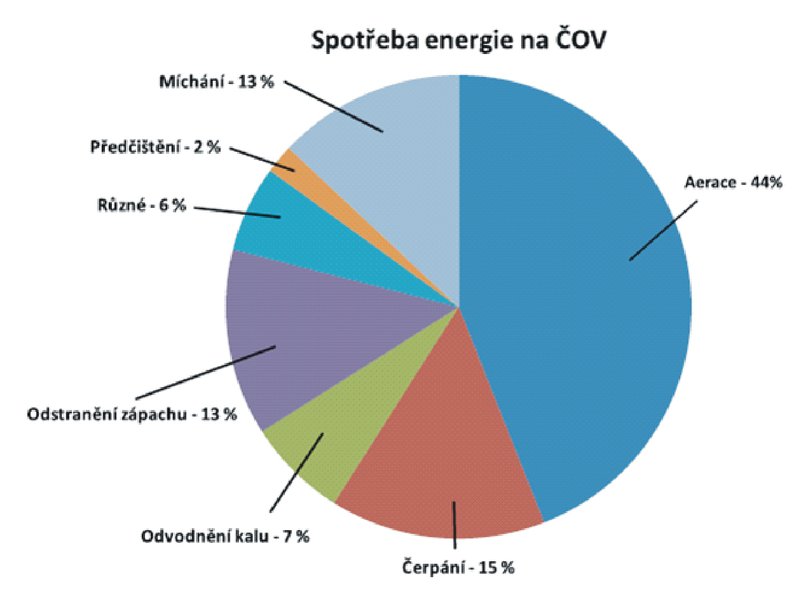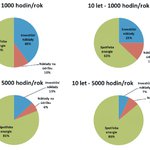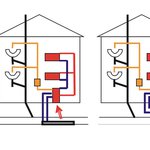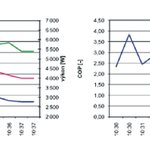Decreasing the energy demand wastewater treatment plants
Energy cost savings are the main priority not only of the operators in the wastewater treatment and water management busines. Wastewater contains organic substances, ther-mal and kinetic energy, the quantity of which is approximately nine times higher than the energy demand for its treatment. However, absurdly enough, we even provide the wastewa-ter treatment process with additional energy. Therefore, energy optimisations of all ele-ments is such systems becomes necessary.
As it is often the case today, wastewater treatment plants are not operated in an optimum energy mode. For instance, this mode can be tuned up by optimising of individual demands of electrical appliances, changes in the process, utilisation of thermal energy by the use of heat pumps for heating of buildings or technological processes or for an increased bio-gas production.
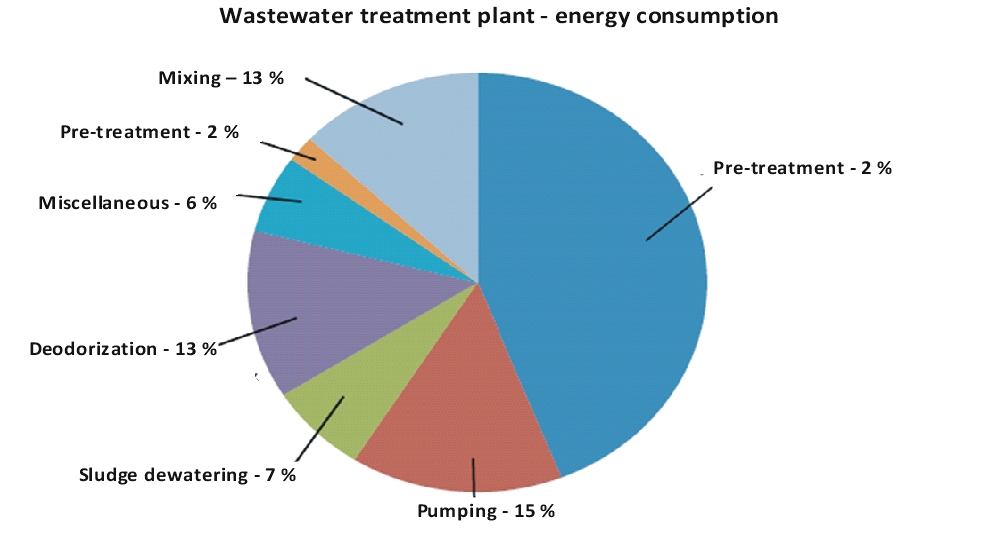
The potential of energy savings in wastewater treatment plants can be defined in the follow-ing way:
• Optimisation of the plant instrumentation
• Energy recovery
• Energy production from biomass
• Renewable energy use
Optimisation of the plant instrumentation
The optimisation of the plant instrumentation usually requires an energy audit carried out in the plant. Although the electricity consumption is measured in many processes, the data are not further evaluated; they are simply collected as such. However, these data and their evaluation are extremely important for checking the system (electricity consumption) as well as the prevention of accidents (e.g. if an increased consumption is noticed, something is out of order and it is necessary to look for reasons). The following measures are usually adopted after the completion of the energy audit:
• Analyses leading to replacements of the existing appliances with new ones offering the same performance but lower consumption. In this case a special attention is paid to pumping stations and air supply equipment. Usual solutions involve a replacement of the existing instruments with low-energy ones.
• Optimisation of the process control – again, we pay a special attention to pumping stations and air supply equipment. Simple modelling systems can be advantageously used and, based on the obtained data, operating modes of individual appliances can be modified according to the actual output demand, e.g. using the frequency conver-tors or by replacements of obsolete appliances with high-performance ones.
Evaluation of the “equipment life cycle”
Investment costs of a 14 kW pump in a discontinuous operation account for mere 40% after a five-year service with 1,000 operating hours per year; after ten years, these costs repre-sent some 25% only. Naturally, the highest sum accounts for the energy consumption, which represents 50% of all costs after five years and 63% after ten years. The comparison with a pump in a continuous operation is shown below.
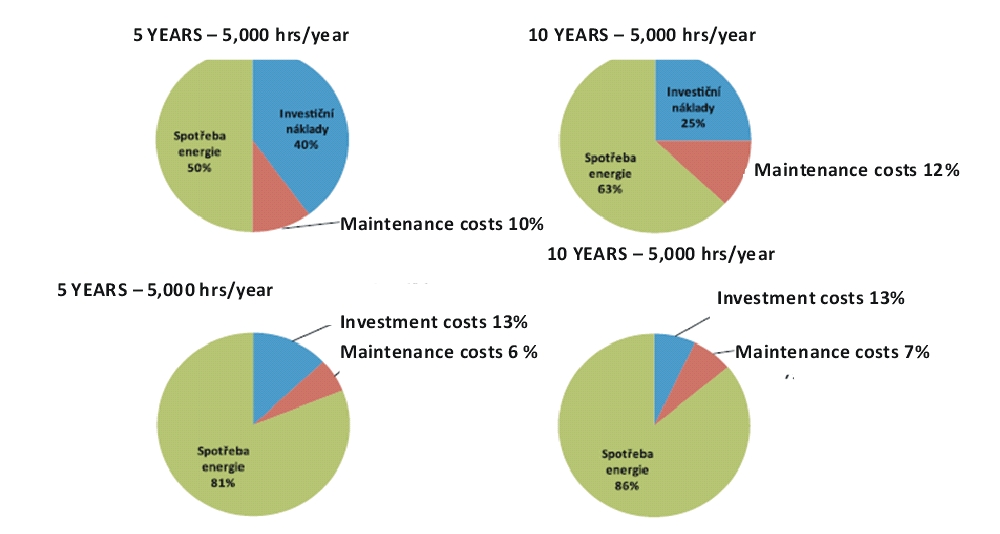
Thermal energy recovery
The heat recovery equipment consists of two parts: the heat exchanger and the heat pump. The heat exchanger is usually placed directly to the sewer system from where it absorbs the energy (heat). In general, three points in the sewer can be identified as suitable for the heat recovery:
• heat recovery in the inlet sewer to the wastewater treatment plant,
• heat recovery in the outlet sewer from the wastewater treatment plant,
• heat recovery inside the buildings. The wastewater temperature is relatively high and, usually, the heat consumption places are nearby.
Wastewater heat recovery points
Heat can be extracted at the building’s drain point, inside the sewer system or be-fore/beyond the wastewater treatment plant. Each of these points has its specific conditions and limitations. In many buildings, a direct extraction inside the building is limited by uneven and interrupted flow. Therefore, any suitable use is limited to buildings with large wastewa-ter quantities, where the drain flow is not interrupted during the building operations. It usu-ally involves food processing or other industrial plants, water-parks and swimming pools and healthcare facilities. In many applications that came in recent years into service, systems of heat recovery from wastewater or process water have been already installed (in simple cases only by heat exchange over exchanger walls).
On the opposite, there are not many experiences in the Czech Republic with the heat extrac-tion from wastewater at suitable points of sewer system routes and/or before/beyond the wastewater treatment plant and therefore we take into consideration the experience from abroad, where some installations are in service for almost 20 years.
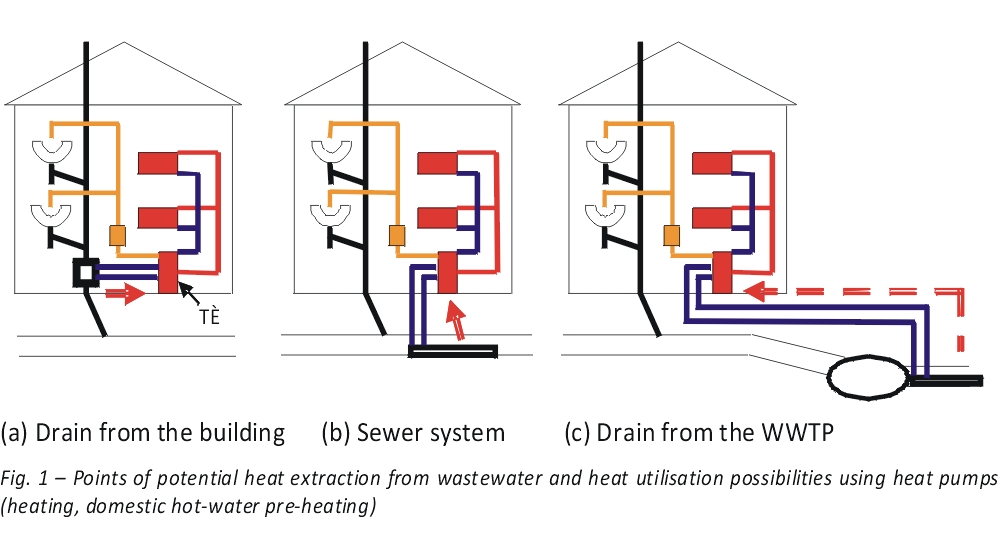
For correspondingly sized wastewater treatment plants, wastewater heat extraction systems before/beyond them may be relatively trouble-free as regards the flow rate. If placed at the wastewater inlet and with a relatively high flow rate, the stream is cooled down in the order of 1 K (Kelvin), i.e. without any significant influence to the treatment process. If the waste-water stream is cooled down beyond the wastewater treatment plant, then it brings a posi-tive effect as regards the receiving body to where the treated water is discharged. In waste-water treatment plants, the heat extraction point can be placed either into the main route or a by-pass. However, due to usual locations of wastewater treatment plants as compared to residential areas, potential heat consumers are usually located in a greater distance. As the wastewater treatment complex usually includes a building structure that has to be heated in winter months, the most logical application of this process deployment would be for this purpose (in a combination with the domestic hot water preparation).
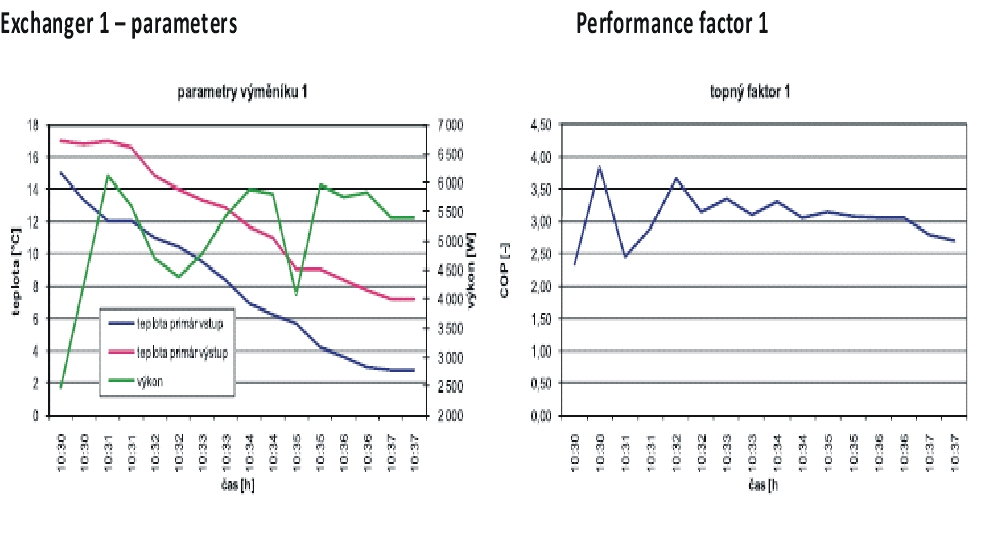
Extracting Energy
from Biomass
Biomass and its processing – sludge disintegration
At present, the excessive sewage sludge is considered a waste material, in spite of its potential as an energy source. In terms of energy, the sludge fuel potential (after drying) can be used as a replacement of fossil fuels. The sludge energy potential depends on its composition and water content, but the relevant studies point to the fact that about 30 to 40% of energy consumed in wastewater treatment plants could be saved in this way. The dried sludge has the energy potential almost of 13 MJ.
|
|
kJ per kg of dry matter
|
1 kg of raw material in MJ
|
|
Dried sludge
|
3200
|
13
|
|
Wood
|
3780
|
16
|
|
Municipal waste
|
2200
|
9
|
|
Coal
|
8000
|
33
|
